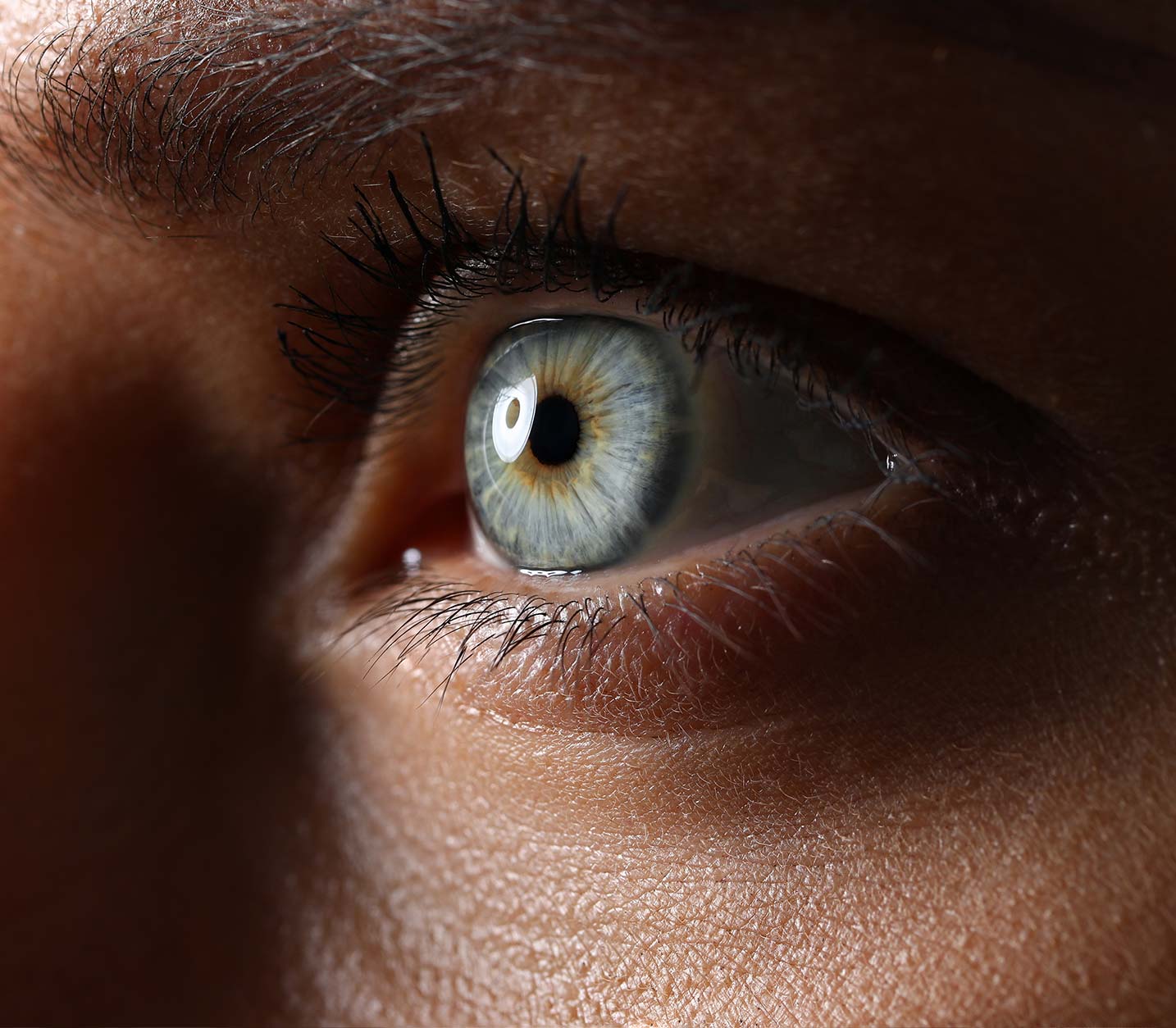Cornea Center

Because the cornea is such an important part of your visual system please make sure to contact a qualified ophthalmologist if you think you might have damaged your cornea. Treating damaged or irregular corneas are something that is routinely done at our office.
Each damaged cornea requires special attention by our eye doctors. Typically we can start treating the cornea with medication. If your vision cannot be accurately corrected with medications, eyeglasses, or contact lenses a corneal transplant may be required.
How Does Damage to the Cornea Occur?
Common disorders of the Cornea
Keratoconus
Corneal Scarring
Fuchs Dystrophy
A disorder that causes swelling of the cornea and can lead to glare, cloudy vision, and discomfort. Fuchs usually affects both eyes and causes gradual vision loss.
Pterygium – A pterygium is a mass of fleshy tissue that grows over the cornea. They can remain small or grow large enough to interfere with vision. These occur more often in patients that spend a lot of time outdoors.
Shingles
Dry Eyes
A very common condition when your own tears are unable to sufficiently lubricate the eyes. This may occur if you do not produce enough tears or also if the quality of the tears is poor. Symptoms include discomfort, grittiness, stinging, burning, or light sensitivity. Click below for more information on Austin Dry Eye Center.
There is a wide range of treatment options for corneal disorders. In some cases monitoring the condition is all that is needed. In other cases medicated drops, ointments, and lubricants are necessary. Surgery can be an option with procedures ranging from partial to complete transplant of the diseased cornea. To maintain a clear vision the cornea must remain healthy. It is important to have regular examinations with an ophthalmologist to check the health of the cornea and the rest of the eye.

